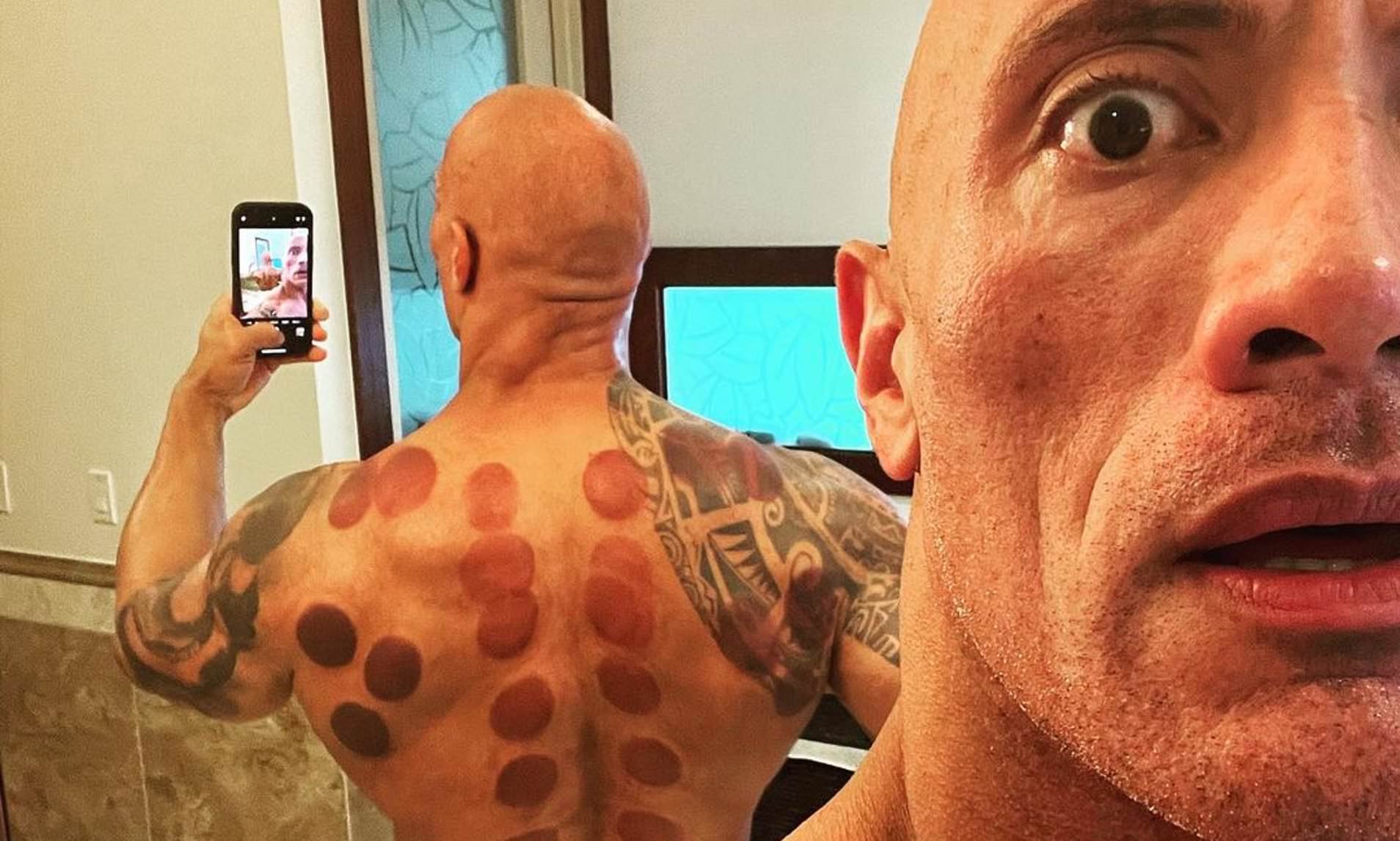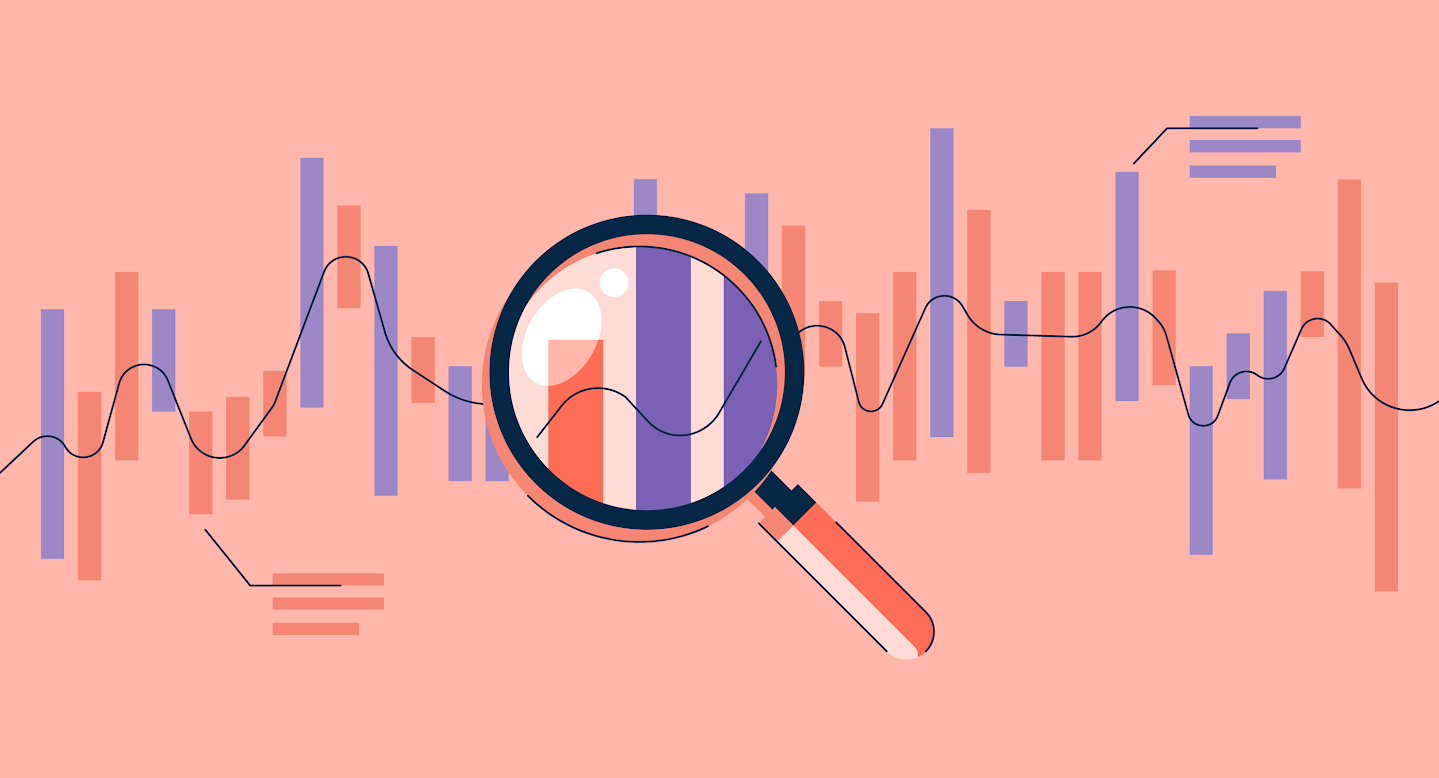
History of Cupping
Cupping is thought to have originated in early Chinese and Egyptian civilizations around 1500 B.C. as noted by frequent mention of the technique in ancient medicinal practices. From the most ancient of techniques using animal horns, cupping has evolved over time to using primarily glass and plastic cups today.
The modality, however, still encompasses the objective to promote an increase in blood flow to stimulate the body’s natural healing response in a challenging environment.
Both dry and wet cupping exist today, though the dry version is far more common. Wet cupping requires small cuts to be made in the skin prior to cup application resulting in active bleeding during the treatment. Dry cupping does not puncture skin and relies soley on suction to promote blood flow.

What is Cupping?
Dry cupping (AKA Myofascial Decompression Technique) is used to create a negative pressure around a trigger point or soft tissue restriction, separate the tissue layers and infiltrate the area with fresh blood flow, bringing healing nutrients to a previously hypoxic (low oxygen) area. Historically fire and heat were used with a glass bulb to create a vacuum effect around the desired area. Today, most often a suction gun is used with a plastic cup to produce the same negative pressure.

Static Cupping
For this technique, either silicone or plastic cups may be used depending on the patient’s tolerance to pressure. The cups are placed over involved musculature and the patient remains still for 2-8 minutes based on the provider’s discretion.

Dynamic Cupping
Cupping can be performed dynamically with either the patient or the cups moving. See below videos for details:
- Plastic cups are placed over the involved musculature and the patient is guided through a series of mobility exercises to encourage natural movement of soft tissue.
- A silicone cup is placed over involved musculature and the physical therapist glides the cup over the area to provide a dynamic fascial release. This form is typically reported to have less intensity compared to plastic cups.
Cupping with Active Movement
Passive Movement Cupping
What are the benefits of Cupping?
- Reduce pain
- Increase blood flow/circulation of nutrients
- Improve skin pliability
- Promote full body relaxation
- May reduce LDL cholesterol and blood sugar levels

Possible side effects of Cupping:
- Bruising
- Soreness at cupping sites
- Generalized body ache
- Whole body itching

How does Cupping work?
Several theories put together can explain the full benefits received from cupping. In regards to pain reduction, there are likely two mechanisms responsible:
- Gate Control Theory: e.g. if you hit your “funny bone” you start rubbing it to override the pain signals being sent to your brain
- Diffuse Noxious Inhibitory Controls: e.g. if something hurts, make another area “hurt” to take your mind off of it
In terms of gaining mobility, negative pressure acts to draw blood flow into the area. Bathing tissues in blood delivers more oxygen and healing nutrients to previously stagnant tissues. Micronutrients such as vitamins A, B, C, and D, iron, zinc, glutamine and arginine play important roles in the necessary inflammatory process following injury. Recovery can be assisted by driving these nutrients towards the affected area if mobility deficits continue past the acute inflammaory phase. Often, mobility is improved with less pain/stiffness reported by the patient.

Evidence behind Cupping
Limited research on cupping does not allow for solid conclusions to be drawn on the modality, larger volume randomized controlled trials, systematic reviews and meta-anaylses need to be studied before scientific evidence can fully explain this technique.
BOTTOM LINE
Cupping should be used as an adjunct to physical therapy to reap the most benefit rather than a treatment in itself.
Schedule today!
Click the button below to schedule a session with one of our providers to get cupping today!
Jessica Hiestand DPT, CSCS

This post was written by Dr. Jessica Hiestand in September of 2022.
Learn more about Jessica on our about page: https://gopt.co/people/jessica-heistand/
References
1.Akbari A., Zadeh S.M.A.S., Ramezani M., Zadeh S.M.S. The effect of hijama (cupping) on oxidative stress indexes & various blood factors in patients suffering from diabetes type II. Switzerland Res Park J. 2013;102:788–793.
2. Al-Bedah AMN, Elsubai IS, Qureshi NA, Aboushanab TS, Ali GIM, El-Olemy AT, Khalil AAH, Khalil MKM, Alqaed MS. The medical perspective of cupping therapy: Effects and mechanisms of action. J Tradit Complement Med. 2018 Apr 30;9(2):90-97. doi: 10.1016/j.jtcme.2018.03.003. PMID: 30963043; PMCID: PMC6435947.
3. Barchitta M, Maugeri A, Favara G, Magnano San Lio R, Evola G, Agodi A, Basile G. Nutrition and Wound Healing: An Overview Focusing on the Beneficial Effects of Curcumin. Int J Mol Sci. 2019 Mar 5;20(5):1119. doi: 10.3390/ijms20051119. PMID: 30841550; PMCID: PMC6429075.
4. Furhad S, Bokhari AA. Cupping Therapy. [Updated 2022 May 8]. In: StatPearls [Internet]. Treasure Island (FL): StatPearls Publishing; 2022 Jan-. Available from: https://www.ncbi.nlm.nih.gov/books/NBK538253/
5. Kim S, Lee S-H, Kim M-R, et al. Is cupping therapy effective in patients with neck pain? A systematic review and meta-analysis. BMJ Open 2018;8:e021070. doi:10.1136/ bmjopen-2017-021070
6. Moura CC, Chaves ÉCL, Cardoso ACLR, Nogueira DA, Corrêa HP, Chianca TCM. Cupping therapy and chronic back pain: systematic review and meta-analysis. Rev Lat Am Enfermagem. 2018 Nov 14;26:e3094. doi: 10.1590/1518-8345.2888.3094. PMID: 30462793; PMCID: PMC6248735.
7. Qureshi NA, Ali GI, Abushanab TS, et al. History of cupping (Hijama): a narrative review of literature. J Integr Med. 2017;15(3):172-181. doi:10.1016/S2095-4964(17)60339-X
8. Romeril, P. (2021, November 1). History of cupping: The origins of an ancient practice. Melbourne Natural Therapies. Retrieved October 18, 2022, from https://melbournenaturaltherapies.com.au/the-history-of-cupping/